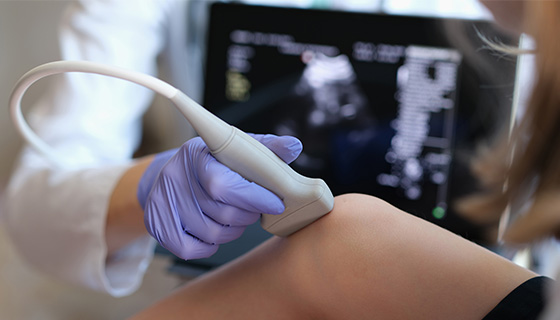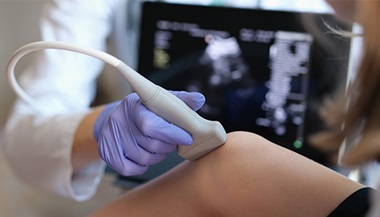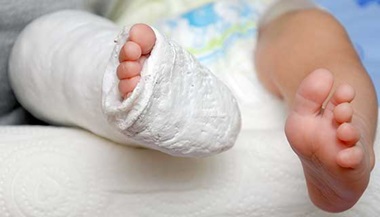Malrotation
What is a malrotation or volvulus?
Intestinal malrotation is a condition that is congenital (present at birth) and results from a problem in the normal formation of the fetal intestines. There is a disruption in the usual steps that the intestines follow to arrive at the correct position within the abdomen. Malrotation causes the parts of the intestine to settle in the wrong part of the abdomen, which can cause them to become blocked or to twist.
Intestinal volvulus is a condition in which the bowel becomes twisted, which may be the result of malrotation. Twisted intestines may become blocked (obstructed) or may become injured when the twisting cuts off the intestine’s blood supply. If the blood supply is cut off for a prolonged period, some or all of the intestine may die, which can be fatal. Volvulus is therefore an emergency that requires immediate surgical treatment.
Malrotation of the bowel during fetal development may predispose infants to volvulus, although volvulus can occur in the absence of malrotation. Volvulus associated with malrotation often occurs early in life, frequently in the first year.
Symptoms
Symptoms of volvulus develop quickly and are generally dramatic enough that infants are taken early to the emergency room, which can be critical for survival.
-
Abdominal tenderness or distention (swelling of the belly)
-
Vomiting dark green fluid or green-stained material (also called bilious vomiting)
-
Constipation or difficulty expelling stools
-
Shock
Diagnosis
-
Blood in stool
-
An upper GI X-ray
-
A CT scan
-
Blood tests
Treatment
Emergency surgery to repair the volvulus is necessary. An incision is made in the abdomen, the bowels are inspected and the volvulus is reduced. This means that the bowels are untwisted and the blood supply restored.
If a small segment of bowel is dead from lack of blood flow, it is resected (removed). Depending on the condition of the child at the time of the operation, the ends of the bowels will either be sewn back together or temporarily diverted. Diversion is a process to move stool out of the abdomen through a colostomy or ileostomy and away from tissues that are healing.
When a colostomy is performed, the cut end of the large intestine is brought to an opening that is made through the wall of the abdomen. When an ileostomy is performed, the cut end of the small bowel is brought through a similar opening. Both a colostomy and an ileostomy allow bowel contents to empty into a bag. Later, when the child’s organs have healed, the colostomy is removed in a separate procedure to allow the child to pass normal bowel movements.





